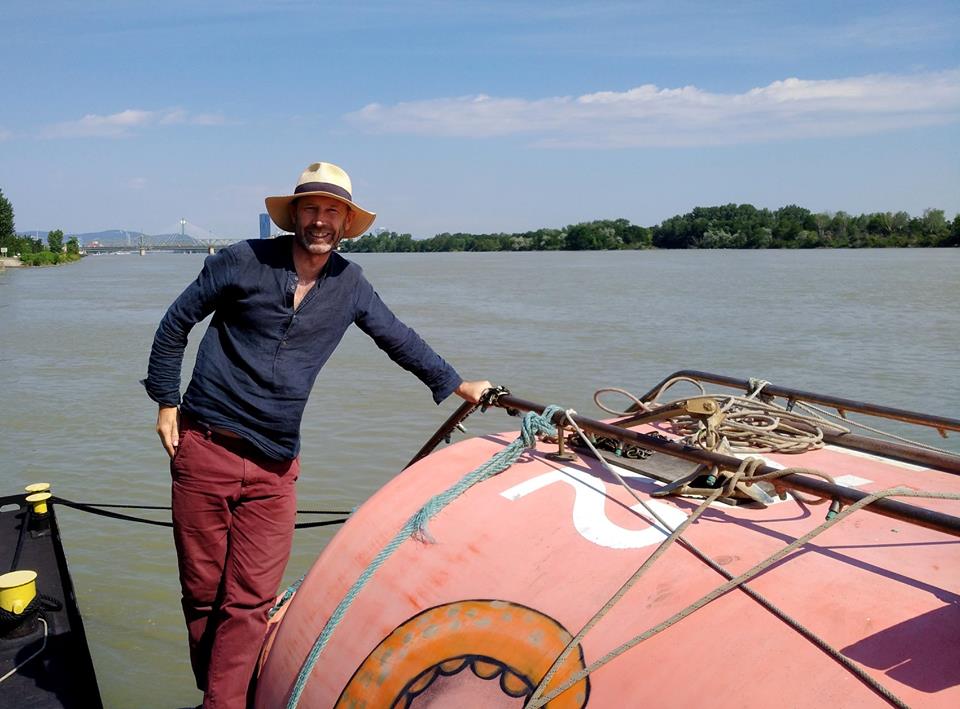In the midst of global upheaval and a growing disconnect between people and the media that claims to represent them, the #Indymedia project emerged as a beacon of hope. It was a grassroots effort to reclaim storytelling and provide a platform and network for voices marginalized by #traditionalmedia outlets. #Indymedia wasn’t just a website — it was a movement that lived the principles of the #openweb: a tool for people and communities to share their realities, amplify voices, and challenge the narratives shaped by powerful #mainstreaming institutions.
25 years on, the Legacy of indymedia is more than an isolated experiment. It became a global network of activists, journalists, and engaged citizens committed to truth and transparency. It transcended geographical boundaries, connecting people across continents and cultures in a shared struggle for social justice and equality. From covering anti-globalization protests to spotlighting local struggles, #Indymedia served as a vital conduit for stories that would otherwise go untold.
Yet, like many grassroots movements, #Indymedia faced significant challenges. As the digital landscape evolved, maintaining the infrastructure and community support required to sustain the project became increasingly difficult. The rise of #dotcons and centralized social media platforms further marginalized independent media, diverting attention and resources away from alternative voices. These platforms promised connection but delivered algorithmic silos, favouring profit over any public good.
The is a clear need for a reboot, despite its decline, the spirit of Indymedia persists, a testament to the enduring need for grassroots media in an era dominated by corporate control. To reclaim the story and challenge the status quo, we must breathe new life into this project. A reboot of #Indymedia represents an opportunity to rekindle the flame of grassroots activism and rebuild pathways to the #openweb. By leveraging emerging technologies and decentralized networks, we create a resilient, community-driven space where voices are heard, stories are shared, and truths prevail.
Why fund the reboot? This isn’t just about reviving an old platform, it’s about investing in democracy, transparency, and social justice. Here’s why this matters:
Amplifying Marginalized Voices: a platform for communities often ignored by #mainstreaming media, giving people the space to share their stories and experiences without gatekeepers.
Challenging Dominant Narratives: By offering an alternative to corporate media, Indymedia encourages critical thinking and pushes back against the manufactured consensus, growing a more informed and engaged public.
Building Community: by nurtures connections between activists, journalists, and everyday citizens committed to social change, creating a global network of solidarity and support.
Promoting Transparency: Unlike profit-driven platforms, Indymedia is committed to open processes and accountability, ensuring that information flows freely and ethically.
Empowering Individuals: this path inspires people to become active participants in shaping their media landscape, encouraging citizen journalism and grassroots organizing as tools for collective action.
In a world increasingly dominated by centralized control and #dotcons corporate interests, rebooting the project offers a powerful counterpoint, a chance to push the reclaiming of the #openweb for the people. This is an opportunity to create a space where authentic voices rise, truths prevail, and communities thrive.
The need for an independent, people-powered media ecosystem has never been greater. Let’s pick up the shovel, tend to the roots, and grow something new from the compost of the past. Together, we can cultivate a more just, inclusive, and vibrant media landscape, one story at a time.
